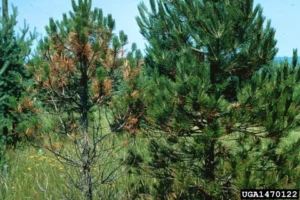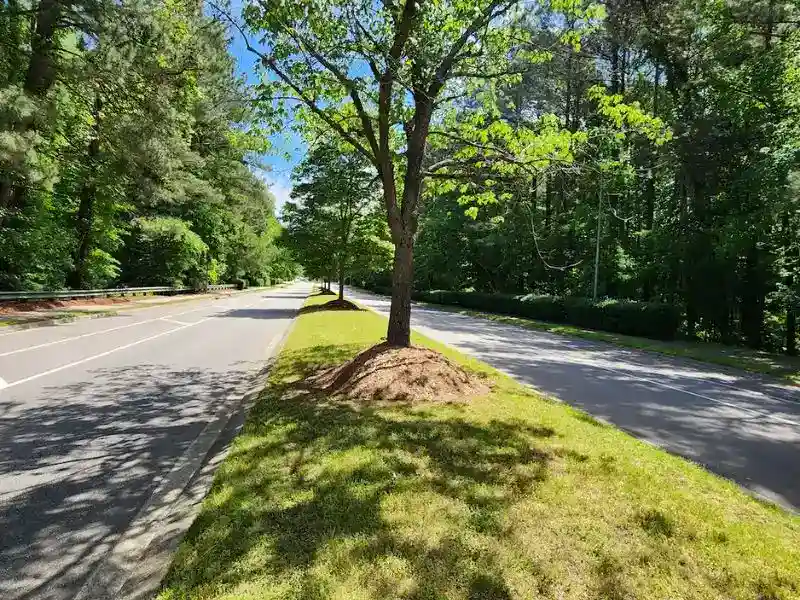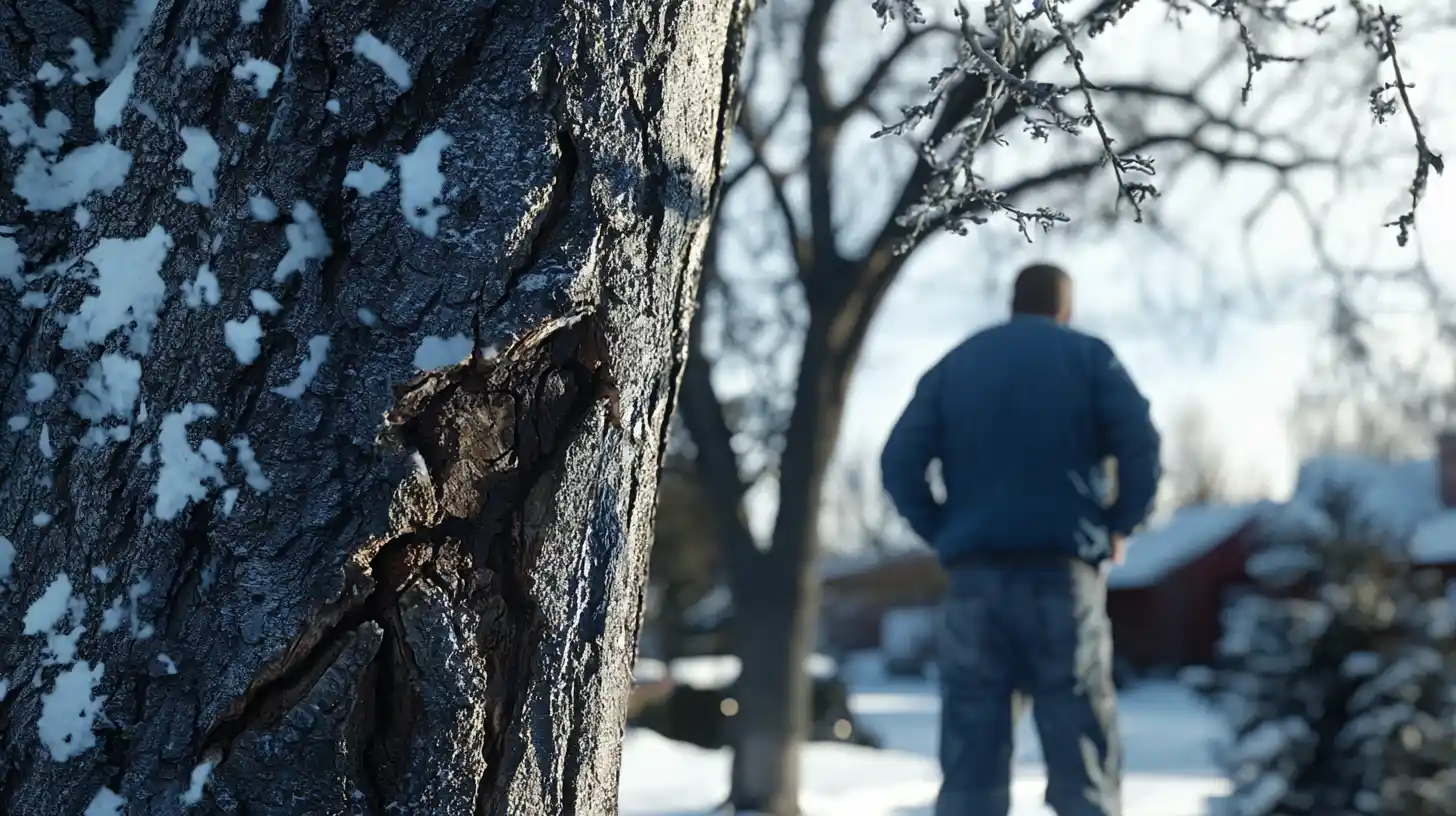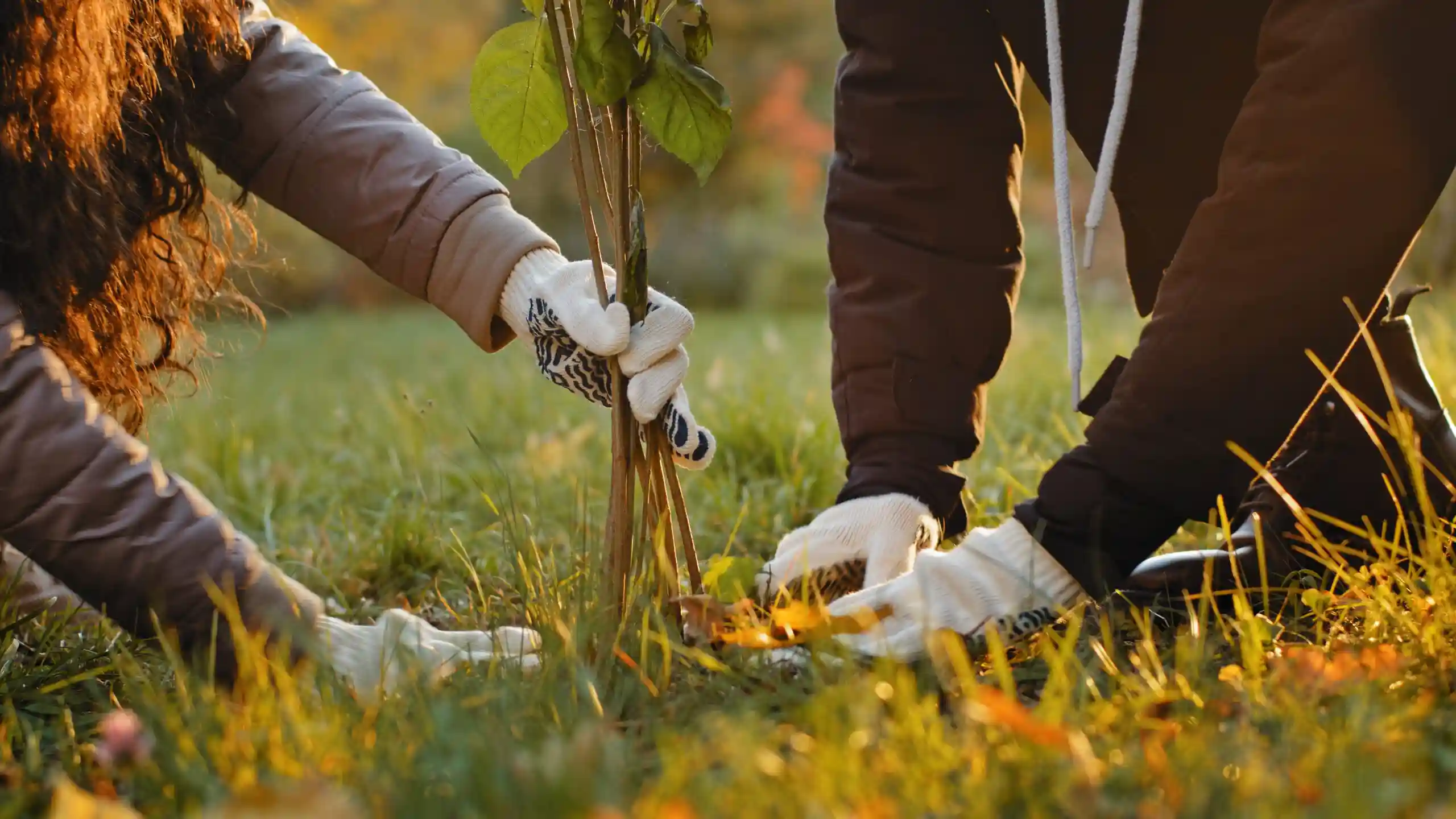In the lush green landscapes of North Carolina, a silent enemy lurks among the trees. Known as Anthracnose, this group of fungal diseases poses a significant threat to a variety of tree species, including oak, maple, sycamore, ash, dogwood, and walnut. The impact of Anthracnose is not just aesthetic but also threatens the health and longevity of these trees.



What is Anthracnose?
Anthracnose is caused by several fungi that belong to different genera, such as Colletotrichum, Apiognomonia, and Discula. These pathogens thrive in wet, humid conditions, making North Carolina’s climate an ideal breeding ground. The disease manifests as dark, sunken lesions on leaves, stems, flowers, and fruits of trees, leading to defoliation, shoot dieback, and, in severe cases, tree death.
Impact on Trees
The disease is particularly harmful to young leaves and shoots, which can be severely distorted or killed. On mature trees, Anthracnose can weaken the tree structure, making it more susceptible to other pests and diseases. The repeated defoliation and reduced growth can have long-term effects on the tree’s health and vigor.
Symptoms and Diagnosis
Early signs of Anthracnose include irregular, dark spots on leaves, often along the veins. As the disease progresses, these spots merge, and the affected leaves may curl, wither, and eventually fall off. On tree branches, cankers may form, leading to girdling and dieback. Accurate diagnosis is crucial for effective management and often requires a professional assessment.
Management and Prevention
Managing Anthracnose involves both cultural and chemical strategies. Pruning infected branches and removing fallen leaves reduces the spread of the fungi. Promoting good air circulation and avoiding overhead watering can also help prevent the disease. In commercial or high-value settings, fungicides may be applied as a preventive measure, particularly during wet spring weather.
As a prevalent disease in North Carolina, managing Anthracnose requires awareness, early detection, and proactive measures. Homeowners, landscapers, and forest managers all play a crucial role in monitoring and maintaining the health of trees. Through combined efforts, the diverse and beautiful trees of North Carolina can continue to thrive despite the challenges posed by Anthracnose. Follow us on Instagram



